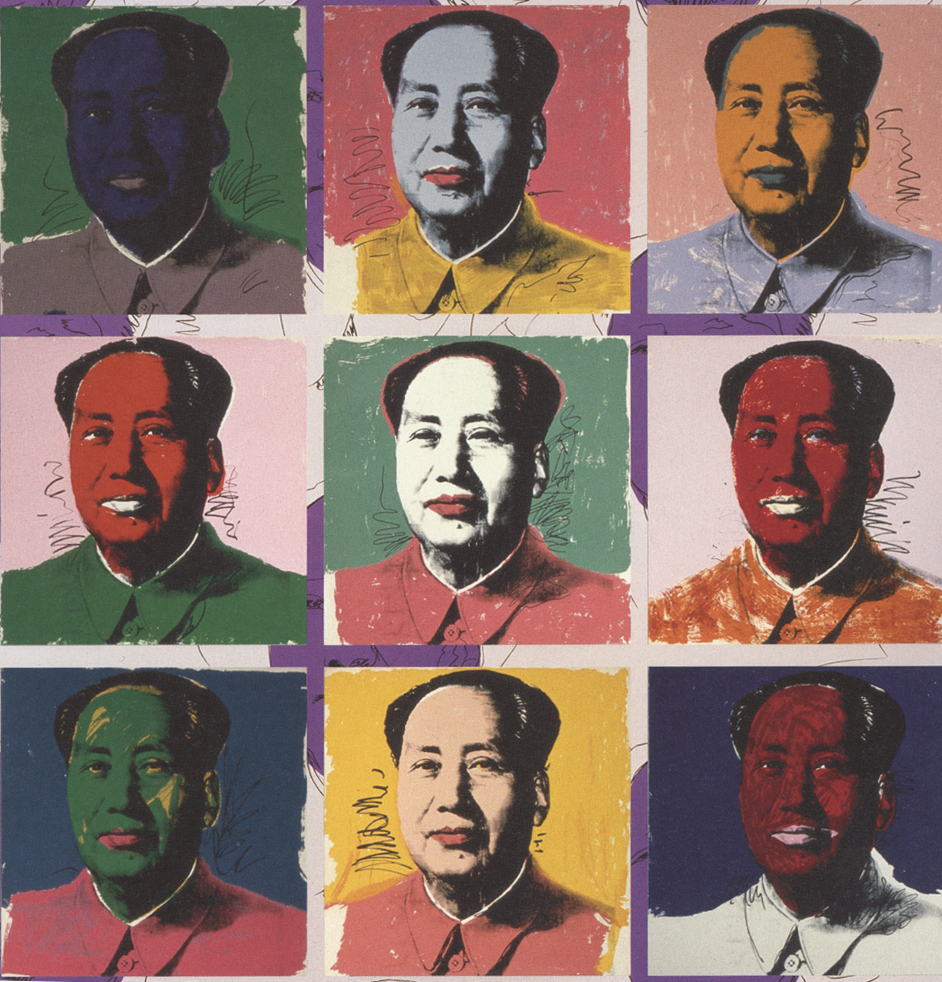
Mao
Zedong’s face has long graced trinkets and kitsch sold at tourist markets
across China. But in the country’s top art museums, his most famous portrayal
by a Westerner isn’t welcome.
Sorry,
Andy Warhol.
Although
the scion of Pop Art passed away in 1987, Warhol is still generating
controversy. A vast traveling retrospective of his work, “Andy Warhol: 15
Minutes Eternal,” has already made stops in Singapore and Hong Kong as part of
a two-year Asia tour, but when it moves to mainland China next month, the
artist’s Mao paintings won’t be coming along.
Organized
by the Andy Warhol Museum in Pittsburgh, the full exhibition consists of
hundreds of Warhol’s best-known artworks, including eight silkscreen paintings
of Mao. The museum declined to state where the Mao paintings would be kept
while the show is on display in Shanghai and Beijing, its two China stops.
“We
had hoped to include our Mao paintings in the exhibition to show Warhol’s keen
interest in Chinese culture,” said Andy Warhol Museum director Eric Shiner in a
statement. He added, “We understand that certain imagery is still not able to
be shown in China and we respect our host institutions’ decisions.”
The
museum’s staff declined to confirm the exhibition’s dates and venues for Shanghai
and Beijing. Its website currently says “check back for details” on the show
for both cities.
Nonetheless,
over the weekend Shanghai’s Power Station of Art, China’s first state-owned
gallery dedicated to contemporary art, posted on its website that it would host
“15 Minutes Eternal” from April 29 to July 28 with free entry. The Shanghai
institution did not reply to requests for comment.
In
an op-ed last month, the English-language edition of the state-owned Global
Times tabloid said that Warhol’s Mao paintings pushed the boundaries of
cultural acceptability. According to the author, color painted or splotched on
Mao’s face could appear like cosmetics — a disrespectful treatment of the
Chairman’s face.
Art
and controversy are common bedfellows in China. Pop Art was a major influence
for China’s contemporary artists in the 1980s and ’90s, among them Ai Weiwei,
whose persistent documentation of everyday life once earned him the nickname
“the Chinese Andy Warhol.” The artist’s detention by Chinese authorities in
April 2011 prevented him from visiting the Warhol Museum one month later.
In
the Hong Kong edition of “15 Minutes Eternal,” on view through April 1, the
public appeared to respond well to the Mao paintings, which were displayed with
a Mao print from the museum’s permanent collection.
